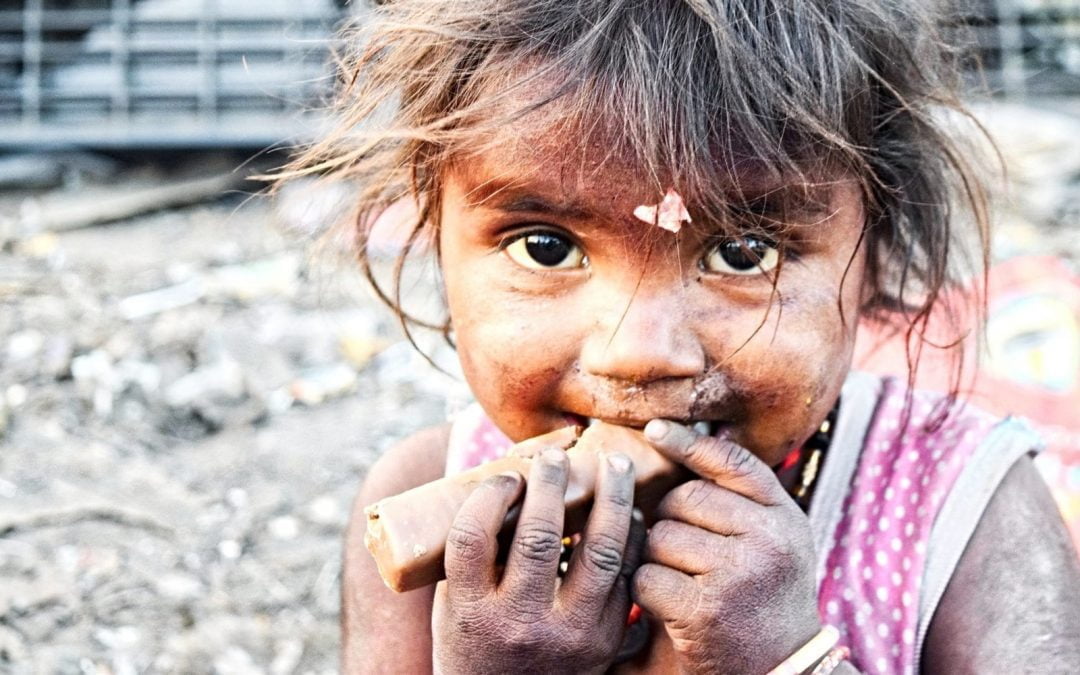One in three children under the age of 5 suffers from some form of malnutrition.
One in two children faces “hidden hunger” in the form of vitamin or mineral deficiency.
And one in five is overweight or obese.
These were three key findings in The State of the World’s Children, a report published Oct. 15 by the U.N. Children’s Agency’s (UNICEF).
Malnutrition among 33% of the world’s children manifests itself in three ways: stunting (significantly below average height), wasting (significantly below average weight) and being overweight or obese (above the normal range on the body mass index).
Lack of access to healthy food choices is the primary driver of malnutrition, as “only 1 in 5 children aged 6 to 23 months from the poorest households and rural areas is fed the minimum recommended diverse diet for healthy growth and brain development.”
“Food deserts” (areas lacking healthy food options) and “food swamps” (areas with predominantly unhealthy food choices) are dual challenges facing many impoverished regions and countries.
“Millions of children are eating too little of what they need, and millions are eating too much of what they don’t need: poor diets are now the main risk factor for the global burden of disease,” the report said.
Just under 200 million children were stunted or wasted in 2018, while 40 million were overweight. Meanwhile, 340 million lacked sufficient vitamins and minerals due to poor diets.
The number of children ages 5-19 who are overweight or obese increased from one in 10 children worldwide in 2000 to one in five by 2016.
The highest percentage of children under 5 suffering from malnutrition was found in South Asia (49.9%), followed by Eastern and Southern Africa (42.1%), West and Central Africa (39.4%), Middle East and North Africa (32.4%), Eastern Europe and Central Asia (22.5%), East Asia and the Pacific (17.2%), Latin America and the Caribbean (16.5%) and North America (11.6%).
“An increasing number of children and young people are surviving, but far too few are thriving because of malnutrition,” the report said.
“To meet the challenges of the 21st century, we need to recognize the impact of forces like urbanization and globalization on nutrition and focus increasingly on using local and global food systems to improve the diets of children, young people and women.”
The full report is available here. An executive summary is available here.


